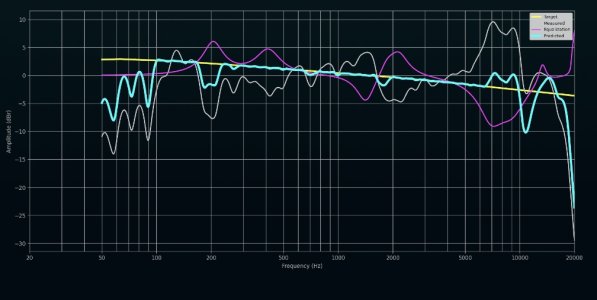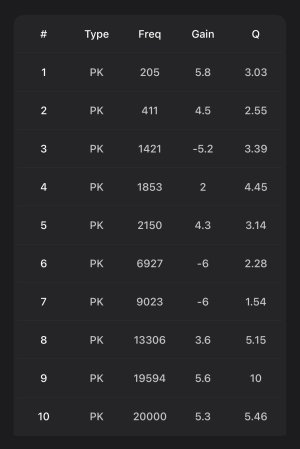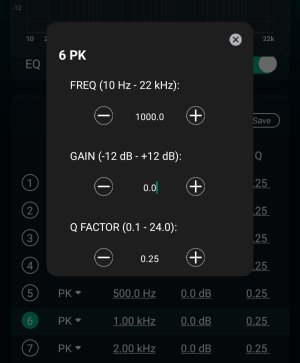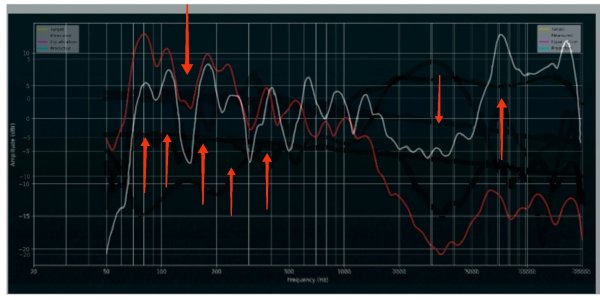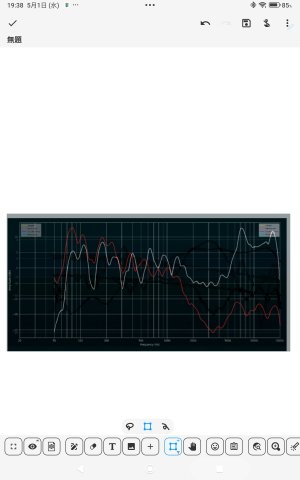Thanks @WiiM Team for the regular updates. It's fun to be a part of this process, I'm excited for the product to get even better than it already is.
Am I the only one that thinks the app should take multiple measurements/sweeps and average them out? Like 3 or 5 at least. I seem to get slightly different results every time I measure. It would give me more peace of mind if I knew the measurements were averaged out over multiple sweeps. Idk, maybe it's just my OCD.
Am I the only one that thinks the app should take multiple measurements/sweeps and average them out? Like 3 or 5 at least. I seem to get slightly different results every time I measure. It would give me more peace of mind if I knew the measurements were averaged out over multiple sweeps. Idk, maybe it's just my OCD.
Last edited:


